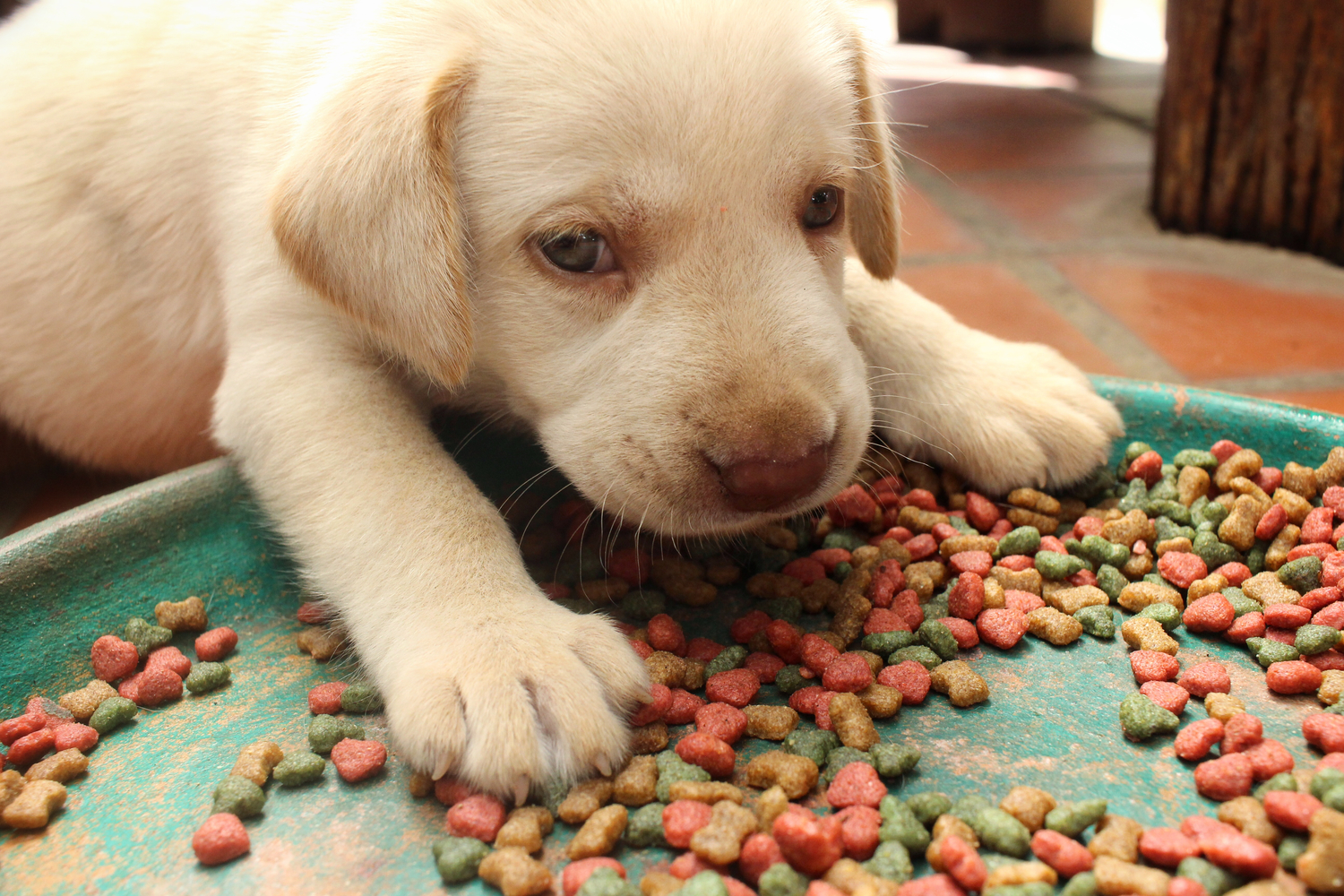
What Should I Feed My Dog?
There is plenty of controversy around what to feed your dog. From the raw canine diet to a gluten free diet and beyond, everyone has an opinion about what to feed your beloved 4-legged friend. Plus, dogs also have specific tastes and health issues to consider when it comes to what’s in their bowls. Just remember that dogs are mainly carnivores that also eat some veggies (omnivores) and grains in their diets for balanced nutrition (i.e., think meat, fish, veggies, and rice).
To help you make healthy feeding tips for your canine, here are a few tips:
1. Feeding by age
Age has a big impact on what, how much, and how frequently you should feed your pet. During puppyhood, puppies require a specific balance of protein, fat, and vitamin and nutrient for growth, immune support, and development. Also, small meals are good for growing dogs. While adult dogs (which can range from 12- to 24-months depending on breed) tend to eat less frequently at 2 meals per day maximum. Senior canines, especially those with weight, oral, or other chronic health issues (i.e., arthritis) require protein and fibre-rich diets in their golden years.
2. Portions and meal times
The size portions and frequency you feed your dog should depend on their size, breed, and amount of physical activity he or she gets. Many pet owners are prone to overfeeding their dog, which can in turn lead to obesity, and associated conditions such as heart disease, kidney disease, diabetes, and arthritis. To find out exactly how much to feed your dog, consult your vet about food quality, meal frequency, and portion sizes.
3. People food
While some dogs sneak a bit of cheese or meat from your plate, you shouldn’t really be feeding your furry BFF the same foods you eat. Not only are some foods bound to give them digestive upset, others are plain toxic for them to consume. For instance, vets will advise you to steer clear of toxic foods such as onions and garlic, chocolate, dairy, raw dough, deep fried and fatty foods, salty snack foods, and citrus, which can all lead to kidney, liver, and nervous system toxicity.
4. Non food treating
If you’re pet is a little rotund around the midsection, keep in mind that there are more ways for treating than with food. Most dogs just want to be with their owners, so treat your dog with a bonding hike, round of frisbee, run on the beach, or a car ride. You can also find inventive ways to make them work for their treats with a Kong toy, which resembles a snowman-like structure of three balls stacked on top of one another fashioned from rubber and hollow in the middle so they can be stuffed with treats, peanut butter, or frozen pieces of meat.


